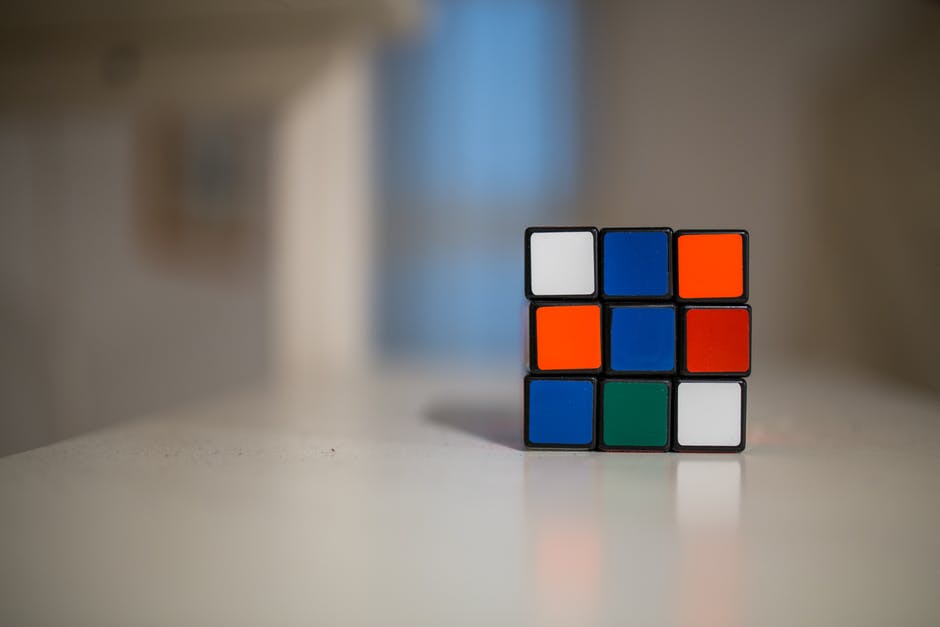By Andrew Ashcraft, NYFA Game Design
One of the biggest benefits of playing games, whether we’re playing for fun or to learn how to design, is that we learn a kind game literacy. We learn the language of games, and we can learn to “hear” or read the intentions of the designers. Other people have written more about game literacy. In fact, here’s a very good academic primer on the subject by Eric Zimmerman. Here, I’ll give some concrete examples of exactly how useful game literacy will be in the 21st century, when so many of us have grown up gaming our entire lives.
Games are central to our culture: we live and eat and breathe games every day. I’m not only talking about games we play for fun, although there are more of them now than ever. I’m talking about games that are played for real-world stakes. Once I started to think about games, I realized how many games are being played with me, whether I’m a willing participant or not.
Johan Huizinga wrote about the magic circle (in his book, “Homo Ludens”) that separates the world of the game and the game’s actions from our real world. When we choose to play a game, we step into this magic circle, and everything we do inside is for the game. When we’re done, we step back out into our real lives. (Read more about Huizinga here.)
For many games, the magic circle is completely true. But there are many, many games that blur the distinction between game-life and real-life. Certainly, winning or losing a game can have long-lasting ramifications to your real-life: an obvious example is the state lottery. Here in California, you can buy a $1 lottery ticket which gives you a very, very, very small chance of becoming an instant millionaire. This is a game, obviously, that you enter into with a $1 purchase at your local bodega or supermarket. But when you step back out of that magic circle, the game may have changed your life very profoundly! (Much more likely, though, the only change will be that you are $1 poorer.)
Similarly, you’re at a stoplight in your fancy sports car when another driver pulls up beside you and revs his engine, peering over his sunglasses at you. You’ve been invited to a street race! You can step into this magic circle and pit your sports car and driving skills against his … but I don’t recommend it. In this case, a failure can have epically disastrous effects on the rest of your life.
(As a side note, I feel that the entry for “Earthling” in “The Hitchhiker’s Guide to the Galaxy” should be updated to read “Most harmless and REALLY BAD at risk assessment.” Doing crazy and risky things in the safety of a video game does NOT prepare you for doing the same thing in real life.)
But the goal of this article Is not to make you a saner driver. The goal is to help you recognize when you are in a game, because the magic circle is not always easy to spot.
But let’s start with some basic ideas about games in general.
Games have players. Games result in, as defined in “Game Design Workshop” (by Tracy Fullerton), “unequal outcomes.” More specifically, players can do well or they do poorly, and doing well in a game is not equal to doing poorly.
Winning and losing mean different things in different games. For example, in an Olympic marathon, winning means running faster than your competition. Your reward is to stand on the tallest platform wearing a gold medal while your national anthem plays — and, you get some cash! I didn’t know this until recently, but you also get cash! But winning might also mean breaking a world record (racing against previous fastest runners), or beating your own personal best time. The time on the clock for each racer is the “unequal outcome.” Everything else is just comparing that outcome with other outcomes: other runners (past or present) or your own.

The players are the other runners (and their support teams) in the same race, or they are all the runners in Olympic history, or they are your past selves.
Let’s look at an example of something that is less obviously a game, but has real-world consequences (i.ei: stakes): an airline-sponsored mileage-earning credit card. The players are the credit-card holder (me, for example), the bank issuing the credit card, and the airline. The next step is to think about how each player wins this game:
- I win (or do well) by using and paying off this convenient line of credit: I gain mileage points toward free travel or free upgrades. However, I lose (do poorly) if I spend more than I can easily pay back, because…
- The bank wins (or does well) by charging me high interest on this line of credit, and by charging me a yearly fee for having this line of credit. They also get financial data about me: they know what I purchase and know how likely I am to pay off this credit.
- The airline does well when I choose them over another airline because either I have enough points to travel, or I need to buy a few more, which they are happy to sell to me. (This is why these are called loyalty programs. They gain my loyalty to them over their competition.) The airlines also gain some financial data about me because (at the very least), they know how many points I earn by using that credit card, if not exactly what I purchase.
Every time I use this card, I’m making another move in this game that the three of us are playing. I must decide if the move is a good one to take at this moment. The bank and the airline are always happy to see me use the credit card: The bank may get to charge me money, and the airline gains more of my loyalty. Given all that, you can see that this game is semi-cooperative: everyone is happy for me to use the card. But at the same time, you can also see that neither the bank nor the airline actually want what is best for me. What is best for me is to use the card and pay it off completely every month. To them, I am less a player and more of a resource to be harvested.
This analysis is only possible because of the way I understand games. Even the language I use — “semi-cooperative,” “resources,” “players” — is common game terminology. Game literacy allows me to see that games have players and that players can win or lose in different ways.
Let’s look at a social game that we all play: how we dress. I bring this up because my sister-in-law just had this conversation with her daughter. My niece, at 10 years old, is just starting to realize that there are social rules regarding how she dresses. She has begun to understand that other people (other kids mainly) care about the way she dresses and that she can do well or do poorly. But sadly, she doesn’t know what these rules are, so choosing clothing in the morning is really stressful! She knows she’s making a play in a game and she senses that the stakes are high, but she doesn’t know how to make the best choices. Of course, these rules probably change from day to day and are created by the group mind of all the other 10-year-olds in her class. So, God help her, because we adults cannot.
However, we can offer insight to her about the game we adults play when we choose our attire. When we dress ourselves, we choose based on two criteria:
- Are the clothes appropriate to the weather and activity? This is usually pretty easy: wear a jacket when it’s chilly; don’t wear sandals in the snow; ice-skates are prohibited on wood floors.
- What do we want to say about who we are? For example, I wear red leather lace-up shoes as often as I can because I want to say that I take a little extra effort to stand out from the crowd. I like to say that I think differently, perhaps even more creatively than the average guy. Of course, my red shoes are an affectation. The jury is still out on whether any of what I want to say is true. But I dress the way I do because I want to say it. I get compliments on these shoes, too, and each time I feel like my statement is being understood. That feels like a win to me.
And so the advice to my niece is this: the dressing game is about telling people about yourself through your clothing. You win when you dress in such a way that people understand something about you that you want them to understand. You lose when they think something about you, based on how you dress, that you don’t like. That simple rule is true for 10-year-old girls, and also true for 40-year-old game designers.
Again, I bring this up because getting dressed in the morning is not usually considered a game. However, if viewed as a game, and thought about as a game, using the terminology of games and our understanding of games, we can make moves that allow us to do well in that game.
There are other games that get played at us, too. How many of us have been targeted by someone playing Outrage? Outrage is a game played through conversation against an opponent who does not realize that they are in a game. To play Outrage, wait for your opponent to make some tiny error or offence and then attack with it! Blow it way up! Be as outraged as you can be about this small gaff. Use your opponent’s surprise to gain some small social advantage, like a confused apology. You win! You are now better than they are. (Not really. In fact, this is an awful thing to do to someone.)
If you’ve ever been on the receiving end of a game of Outrage, you know that it can feel pretty horrible. However, once you see it as the game it is, you have a say in the outcome. You can mount a defense. You can say, “I don’t wish to play this game,” and walk away, or ignore the outburst and continue the conversation as if it didn’t happen. When the other person asks why you ignored their outrage, you can say, “I’m game-literate!”
Ready to learn more about game design? Check out NYFA’s game design programs!


